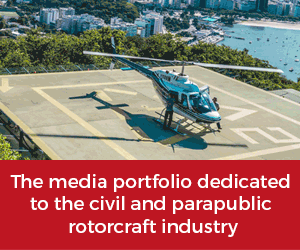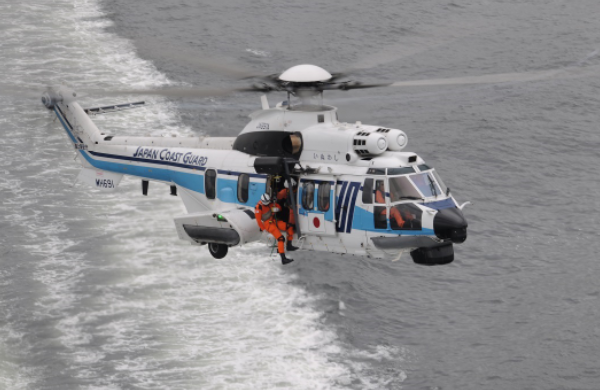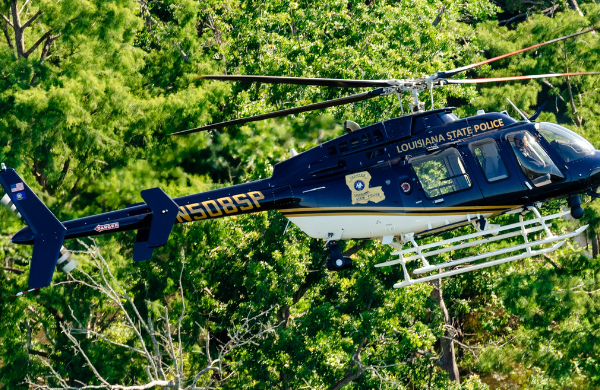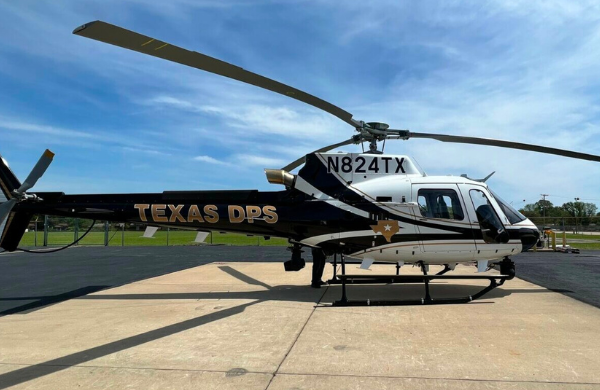
It would be hard to imagine, though, a day that compares with le 14 Juillet in France, which celebrates not only the ethos upon which the Republic was founded but is an intrinsic part of the national fabric. Arguably the centrepiece of the celebration takes place in Paris, with the annual parade along the Champs-Élysées.
As central to the parade as the Cuirassiers of the Gendarmerie Nationale’s Republican Guard is the flypast. This year, in recognition of the 70th anniversary of the Air Unit of the Gendarmerie, six helicopters of the Forces Aériennes de la Gendarmerie Nationale (FAGN) will lead the flypast. Although the FAGN has been taking part in the celebration for 30 years, this is the first time it has had the honour of leading.
RotorHub International’s Roelof-Jan Gort and Bjorn van der Flier were invited to join the final practice session on Wednesday – which the rest of us are quite envious of! – and yesterday, I had the chance to catch up with the FAGN’s Chief of Operations, Lt Col Julien Bullock, to talk about not only the flypast but the origins of the unit and its more recent activities.
While a part of the Gendarmerie Nationale and thus controlled by the Ministry of the Interior, in the early days, the unit was treated as an adjunct to the Armée de l’Air and tasked with rescue and casevac operations initially, during the French phase of the long dark period of the Vietnam war. “In the beginning, both our pilots and aircraft came from the military. The aircraft were on loan, and the pilots were trained by the Air Force,” said Bullock. “So we were used as an auxiliary to Air Force operations. In fact, it was also in Indochina that the unit had its first loss in service when pilot Guy de Corlon was shot down during a casevac mission. Sadly, it was also the end of his tour.” Later on, at the turn of the decade, the unit was deployed in a similar role during the war in Algeria.
By the mid-1960s, the unit gained autonomy from the military and began operating in support of the work of the Gendarmerie – a job that remains central to its mission today. This role has come into sharp relief in recent weeks, with the outbreak of rioting across France. “Our bases are arranged in a grid so that nowhere in France is more than an hour and 15 minutes’ flying time, so we can provide support quickly,” said Bullock. “Although with the protests recently, we knew that we would have to reduce that reaction time, and so had units at forward bases near Nice, Strasbourg and Marseille, where we expected most of the problems to be.”
The role of the air units was twofold: first, to be an obvious demonstration to the law-abiding that the Gendarmerie was there and protecting them and, as importantly, using imaging equipment to gather evidence against rioters for later prosecution. In addition, aircraft provided direction reconnaissance for ground units. And just as their colleagues on the ground came under attack, the risks were shared in the air units, too. “Our aircraft were lasered dozens of times, and plenty of fireworks were fired at them, too,” added Bullock. “Also, there were reports of people using rifles – they were certainly determined to try and bring a helicopter down. But that is the job, to protect the Republic and its citizens.”
Click HERE to find out more about the FAGN in the April/May edition of the magazine.









